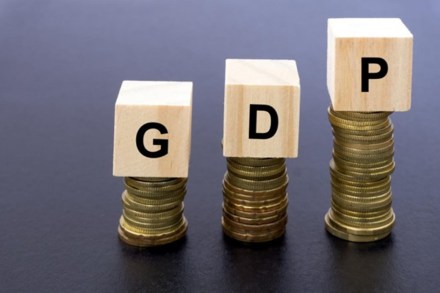India’s latest round of stimulus measures shifted focus back to longer-term growth by focusing on manufacturing and job creation, global rating agency Moody’s said on Thursday, as it predicted a 10.6% contraction in the country’s real GDP in FY21, against a 11.5% drop forecast earlier.
The agency also revised up its projection for real growth for the next fiscal to 10.8% from 10.6%, indicating a stronger rebound, aided by a favourable base effect. In the medium term, though, the growth rate will be around 6%, the agency said.
“The latest measures aim to increase the competitiveness of India’s manufacturing sector and create jobs, while supporting infrastructure investment, credit availability and stressed sectors. As such, they present potential upside to our current growth forecasts, a credit positive,” Moody’s said.
Last week, the govenrment announced a raft of measures amounting to a total of Rs 2.68 lakh crore (close to 1.4% of GDP); a sizeable chunk of the fiscal stimulus, however, included commitments for five years and a few involved extra-budgetary resources.
Moody’s, however, stated: “The country’s mixed track record on revenue-raising measures lowers prospects for fiscal policy-driven budget consolidation. A sustained increase in GDP growth would therefore likely be a major driver of any durable future fiscal consolidation.”
The rating agency reckons that stronger nominal GDP growth over the medium term would make it easier for the government to address its weak fiscal position, which the coronavirus has exacerbated. Moody’s forecast general government (the centre as well as states) debt to rise to 89.3% of nominal GDP in the current fiscal and decline to 87.5% in FY22. Even before the pandemic struck, India’s debt was already at an elevated level of 72.2% of GDP in FY20.
By contrast, Moody’s forecast the median for similar-rated (Baa-rated) peers to rise to only 60.8% in 2020. It expected the general government fiscal deficit to remain elevated, reaching around 12% of GDP, with some upside risk, in the current fiscal and narrowing to about 7% over the medium term. This would still be above the deficit of 6.5% of GDP in the last fiscal.
The agency also said that the wage support provided to businesses under the latest measures and the push to scale up production through the production-linked incentive scheme could increase employment in India’s persistently soft labour market.
The latest fiscal package (Atmanirbhar India 3.0) expands support for infrastructure investment, with a Rs 6,000-crore equity investment in the National Investment and Infrastructure Fund Debt Platform. It also targets the housing and real estate sector, through Rs 18,000 crore of additional budget for the government’s affordable urban housing scheme, and income tax relief for developers and homebuyers, the agency highlighted.
